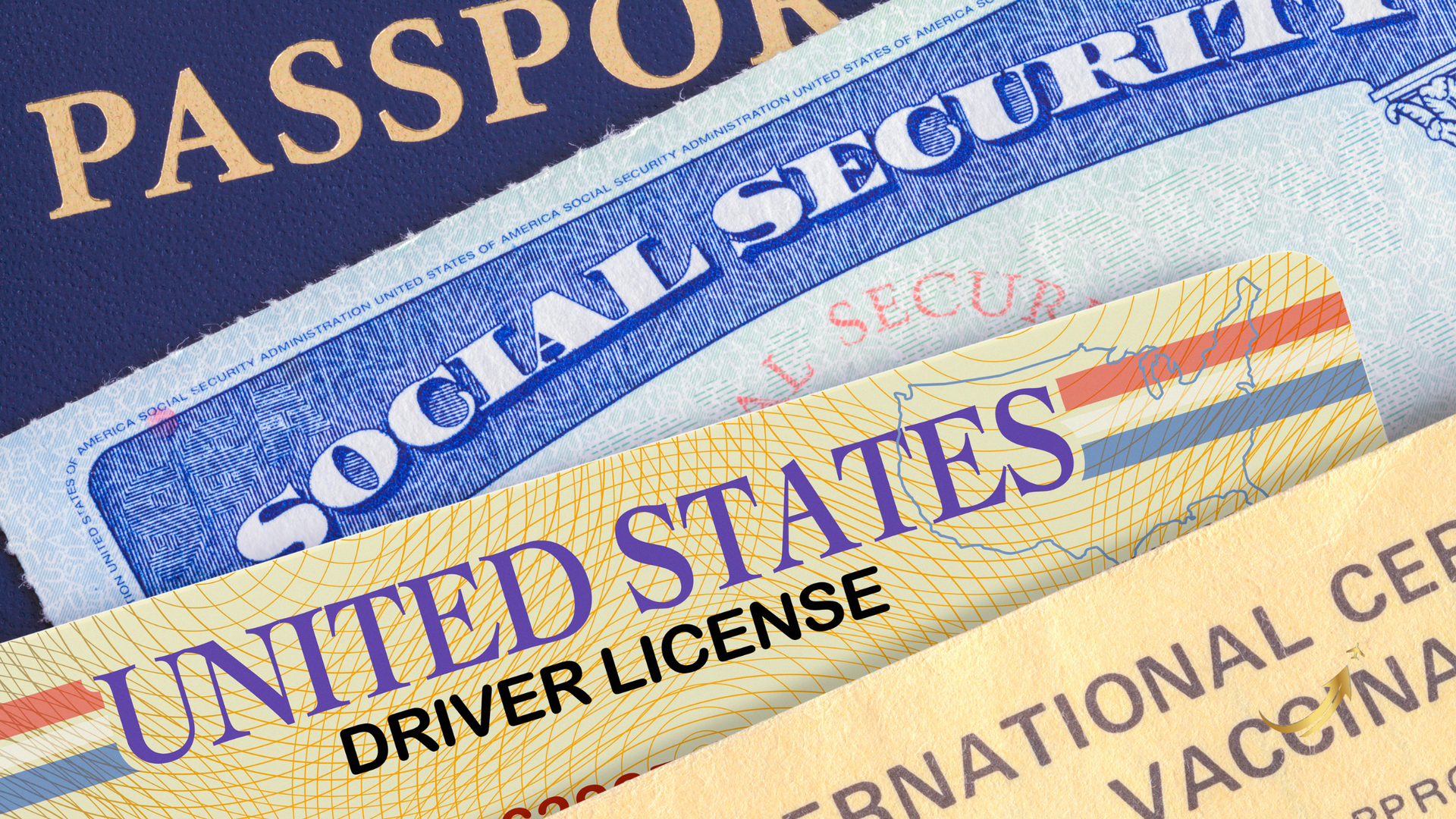How to Save Money When Using Your Cell Phone While Traveling Abroad
Technology has made access to information more convenient than ever before. In fact, it’s become so streamlined that we, as consumers, can become complacent. When abroad, it can be easy to forget about the excessive charges associated with data use during international travel. Unfortunately, this mindset could lead to a nasty surprise on your cell phone bill: extra charges equaling hundreds to thousands of dollars.
You’ve prepared your passport, double-checked that you have the proper vaccinations and medical care, and converted some cash to the local currency — so why not take some extra measures to prepare your phone as well? Avoiding an outcome like this requires taking steps to prepare your phone for international use.
Prior to setting foot in an airport, be sure to check with your carrier to ensure that your phone can be used outside the country, discuss potential charges that may apply, potentially look into temporary international travel plans, and more. This guide will provide advice on completing each of these steps, keeping you equipped with the data you’ll need overseas without breaking the bank.
Utilize a Temporary International Travel Plan
Speak to your cell service provider about the best way to handle international travel. Different mobile providers offer varying degrees of coverage in different countries, and it’s important to determine whether your current plan and device will be compatible with the network wherever you’re going. In some cases, it may be prudent to invest in a temporary international travel plan, as this may lead to lower charges overall.
International travel plans allow you to utilize your phone’s apps, texting, maps, and other online features without having to pay for roaming rates. An international plan is a service that lets you use your phone in other countries. For instance, while most Verizon phones are global devices, some are not. If you have a Verizon plan, you can use the international trip planner to determine what you’ll need to do to have access to data when you’ll need it.
International cell phone plans can be purchased as a month-to-month plan, on a “pay as you go” basis, or as an international day pass (in which you receive a set amount of data each day). An example of the latter is Verizon’s TravelPass, which generally incurs a fee of $10 a day per line. Weigh your options to find a plan that is compatible with your device, meets your data needs, and provides a good value.
Unlock Your Mobile Device
Frequencies and bands aren’t the only restrictions to consider; there is also the issue of locked devices. A locked mobile phone is one that has a software lock on it, preventing you from using it on another carrier’s network. An unlocked device is simply one that lacks this restriction.
A locked phone might be less-than-ideal for international travel. If you’ll be going to an area without adequate service from your carrier, you may need to temporarily switch carriers. With a locked phone, however, this is not possible.
If you need to switch providers to get service in a specific area, you can either buy an unlocked phone or take measures to unlock your current device. If you own your phone, most carriers are willing to unlock your phone. In some cases, this is done automatically. With Verizon, devices are unlocked automatically 60 days after the date of purchase.
Rent or Purchase a Prepaid International Phone
Some service providers offer prepaid international plans with phones that are already unlocked and ready for use abroad. These come in many flavors, from those with unlimited long distance calls to those with standard pay-per-minute options.
Additionally, some U.S. mobile carriers and other national services have phone rental programs. Check first with your service provider, as you may be able to get a discount on a rental device for already being a loyal customer. Note that you may also be able to rent a local cell phone at your travel destination, though this tends to be a more expensive option.
Replace Your SIM Card
A SIM (subscriber identity module) card is a tiny memory chip that stores data about your cell phone use. A SIM card also stores data on its country of origin and the mobile carrier you use. These can be easily transferred from one mobile device to another, which makes switching mobile devices for international travel a simple process. They come in three different types: standard, micro, and nano. If you need to change devices and have a compatibility issue due to each device using a different type, you can use a SIM card adapter or consult your carrier for assistance.
By moving your SIM card to a new device, you are able to make and receive calls and texts with that device, as well as access cellular data. If you move your SIM card to a new device, your phone number will move over to the device that you put it in. Your old device will lose much of its functionality until the SIM card is returned to it.
Alternatively, you can get a local SIM card, which means you will also get a local phone number. Getting a card from a local- or country-specific provider may be necessary to use the device, depending on your destination.
Avoid Data Roaming and Other Charges
When you use data on your mobile network while abroad, you are doing what is known as data roaming. While data roaming has a bad reputation for causing high charges when used with wild abandon, it can be a useful and convenient tool for keeping in touch with others and using online tools at a moment’s notice.
Before deciding on whether to use data roaming, however, it’s important to do some research and find the right roaming plan for you. Determine if your carrier has any international roaming arrangements to determine precisely how much you can expect to pay for the data you will use.
You should also inquire about possible methods of tracking your data usage while abroad, as this can help you regulate data usage to keep your bill at a reasonable level. Some mobile carriers allow you to set data roaming caps for this same purpose.
If you would like to lean on Wi-Fi networks to keep cellular data charges down, be sure to turn data roaming off in your phone settings, as noted earlier in this guide. This will help you limit roaming charges and any other related fees.
Turn Off Your Cellular Data
Cellular data, also known as mobile data, refers simply to the transmission of data via a cell phone. Excessive cellular data use can lead to high charges on your cell phone bill. Having your phone constantly searching for a familiar network can also burn through your battery. If you opt not to sign up for an international plan or make other arrangements to be able to use your normal phone while abroad, you likely need to turn off cellular data entirely to avoid roaming fees or data overages, as well as a shorter battery life. To turn off cellular data, go to your mobile device’s settings, then disable any settings related to mobile/cellular data or data roaming.
The key difference between a Wi-Fi network and cellular data use is that the former involves connecting to a modem, while the latter does not. Because Wi-Fi uses an existing network, you won’t need to worry about additional data charges for using it.
Whenever possible, you may want to rely on Wi-Fi connections rather than cellular data, as this will result in fewer extra charges to your account. Just be aware of cybersecurity best practices when accessing public Wi-Fi networks, such as using a VPN for safe Wi-Fi access.
While relying primarily on Wi-Fi may seem restrictive, there are many communication alternatives you can use via a Wi-Fi connection. This includes applications like:
Facebook Messenger; Google Hangouts; Skype; Telegram; WeChat; and WhatsApp.
In addition to tools such as these, you can also maintain contact with loved ones via social media apps such as Facebook, Instagram, or Twitter. Further, some cell phone providers, such as Verizon, have Wi-Fi calling options, as well as mobile hotspots to enable Wi-Fi access on the go.
Keep Your Phone Charged
Reliable access to the online information and tools you’ll need overseas requires more than just an adequate carrier plan; it also means keeping your phone in working condition. Even the most robust international data plan can be rendered useless if you don’t have methods to actually keep your mobile devices charged.
The first consideration at hand is finding the right electrical plug adapter for your travel destination. There are 15 different plug types, and different countries use varying combinations of these types. Invest in appropriate adapters so that you can reliably charge your mobile devices during your travels. You can find international wall charger kits that can make this a substantially easier process.
Another point to consider is the possibility of bringing an external battery pack to keep your phone charged when you don’t have access to an electrical outlet. Battery accessories come in a wide range of shapes and sizes, including portable power banks and even phone cases with built-in batteries. Keeping one of these on hand can be a lifesaver during your travels.
In Case of an Emergency
A phone emergency may not be as urgent as a medical emergency, but it can certainly put a damper on your travel plans all the same. There are measures you can take to mitigate your chances of experiencing a phone emergency, as well as to be prepared to react quickly when one occurs.
I hope the tips above will help you determine how to efficiently use your cell phone when traveling internationally.
If you like these tips or would like more information on a trip of your choice, contact Colesville Travel at 301-989-1654 or email us at cindy@colesvilletravel.com.
Until then, stay inspired,
Cindy
Blog










